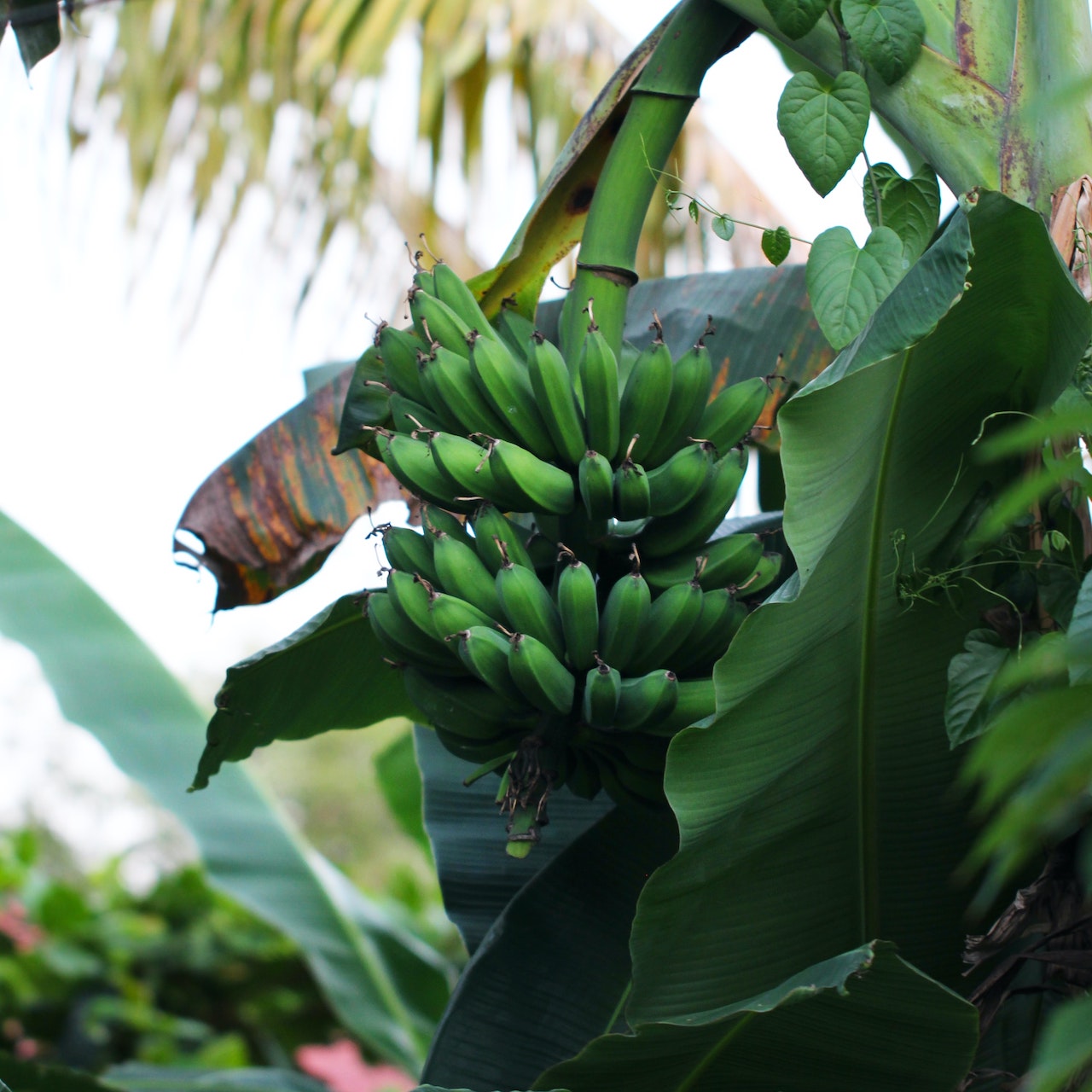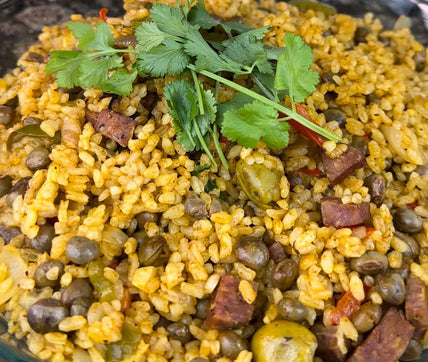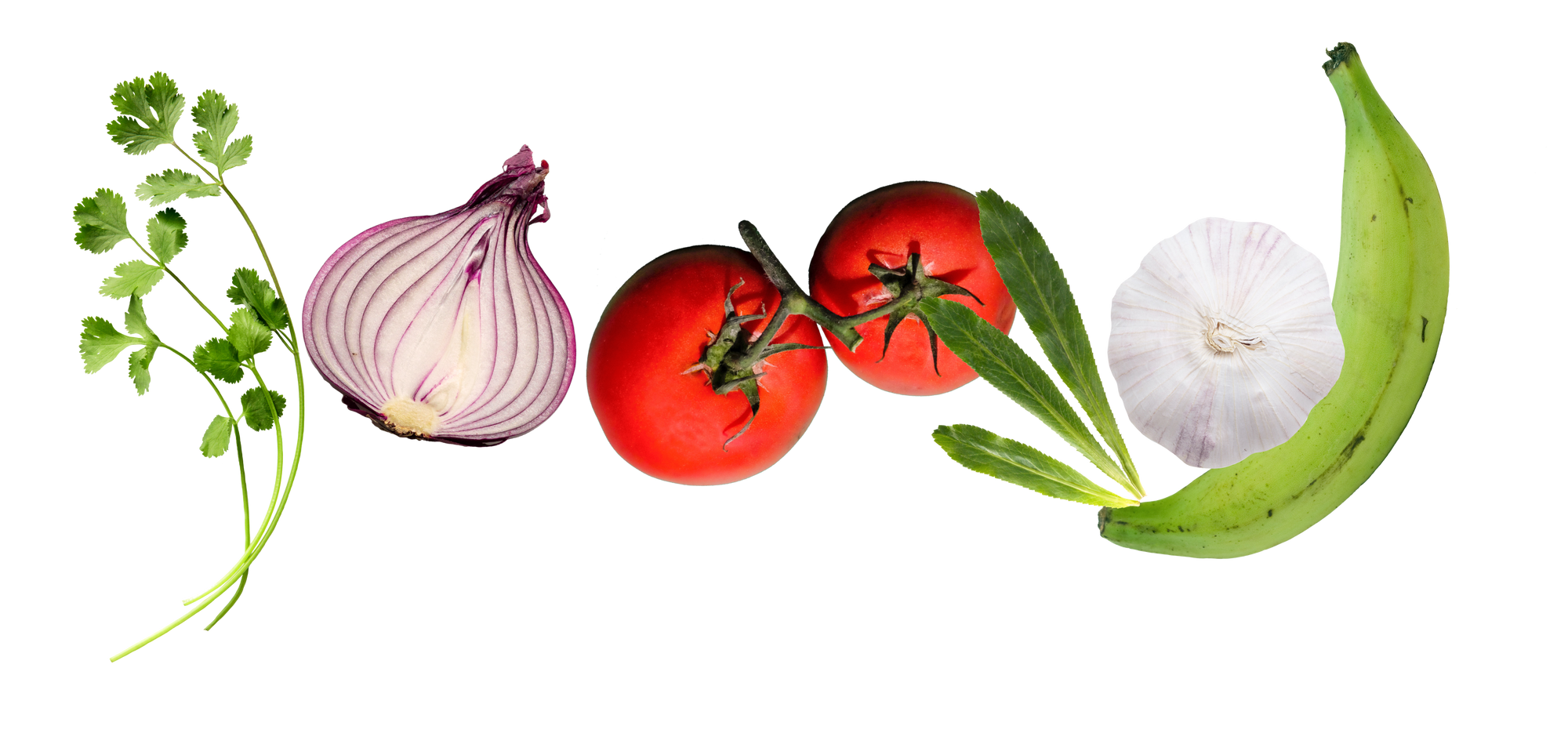
How Plantains Shaped the Caribbean
Learn how plantains became one of the world's most popular staple foods.
By: Cybele Ramirez
Whether you prefer them green, yellow, or black, boiled, baked, or fried, plantains are the fruit of the Caribbean.
Yes, you got that right. Fruit!
In most Caribbean and Latin American households, plantains pass as a staple vegetable in every meal. Their starchy quality and diverse preparation methods make them a neutral go-to for all kinds of dishes.
Green plantains can become salty and savory tostones, chips, mashed mangú, a sculptural mofongo, and even add dimension to stews.
Yellow and black plantains most commonly become soft and sweet fried maduros, pastelón, and desserts.
But how did plantain become the tenth-most staple food in the world, shaping the Caribbean and Latin America along the way?
A Complicated History
Like much of the Caribbean, the history of the plantain is a long and complicated one, but one filled with so much flavor. Through trade, slavery, and colonization, the plantains found new homes in the Western Hemisphere. History tells us that plantains are indigenous to equator-bordering lands in Southeast Asia.
Spanish and African slave traders brought the fruit with them to the Caribbean on slave ships. Plantains proved to be a cheap and filling provision for enslaved men and women. The abundance of plantains and their versatility made them the staple ingredient that they are today. Along with sugar and coffee, plantains are one of Latin America’s most profitable exports.
Plantain’s Current Impact
The abolition of slavery in the Caribbean–beginning in Haiti in 1793 and ending in Cuba in 1886–did not necessarily mean the end of slavery.
Agriculture is a labor intensive and physically demanding industry no matter the plantation size. The demand for bananas and plantains requires high-yields year round and these yields are further complicated by changing regulations and climate change.
This demand has resulted in labor that is unpaid, underpaid, and performed by children. The fight to end modern slavery continues throughout the Caribbean and Latin America today.
Despite making improvements in recent years, multi-billion dollar companies like Chiquita, Del Monte, and Dole have notoriously underpaid their agricultural workers, contributed to environmental damage, and financially supported oppressive organizations.
The challenge in making the delicious food we’re familiar with in a sustainable and ethical way is a feat Loisa is no stranger to.
Plantains continue to shape the Caribbean and Latin America today and as consumers, many of us have the opportunity to heal our heritage while enjoying the amazing dishes it has provided us.
Working Toward A Green Future
Being a sustainable and conscious consumer of plantains means buying fairtrade whenever possible.
Fairtrade bananas and plantains ensure that workers are fairly paid, work in safer conditions, and have certain benefits that otherwise wouldn’t be offered like investment options and job security.
Plus, ethically sourced plantains taste that much better. Trust us.
To learn more about fairtrade and producers and businesses certified and accessible to you, use this fairtrade finder tool.
Other Stories You Might Like



